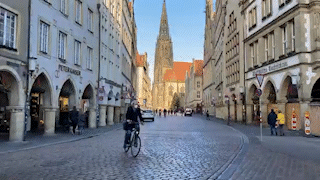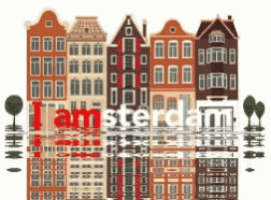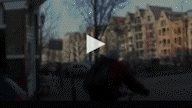Any time you have a cut that looks or sounds abrupt, try adding a dissolve to smooth the transition. This effect blends the two video clips together so that audiences barely notice the change.
Fade In & Fade Out: You'll notice that most professional videos begin and end with a black screen. It's easy to give your projects this same professional look by adding a Fade In at the start of the video and a Fade Out at the end.
















































